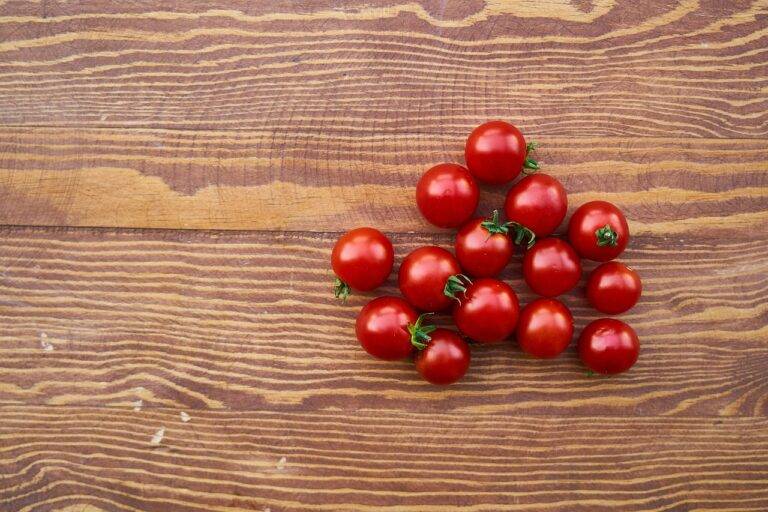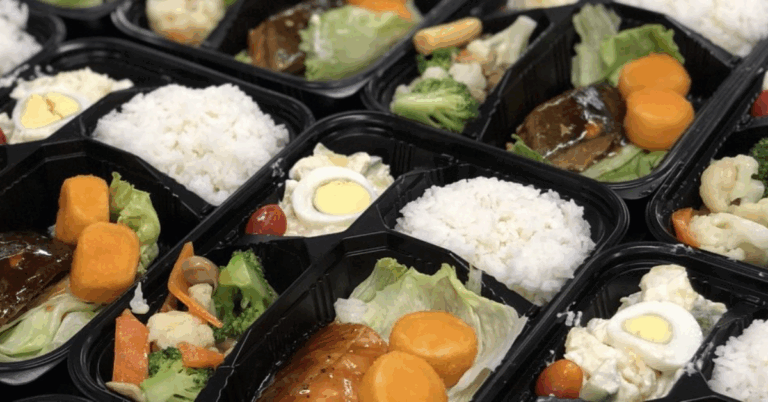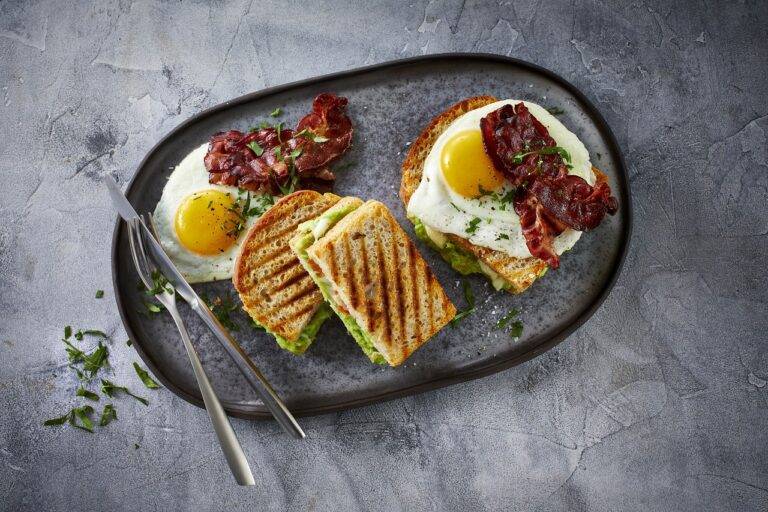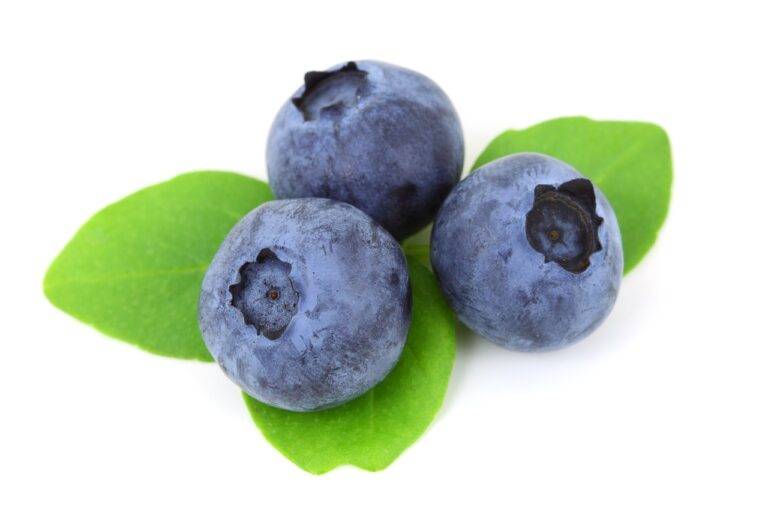The Evolution of Food Packaging Throughout History
In recent years, the concept of sustainable and eco-friendly packaging has gained significant traction in various industries. Companies are increasingly recognizing the importance of reducing their environmental impact through the use of biodegradable materials, recycled packaging, and innovative design solutions. This shift towards more sustainable packaging is not only driven by consumer demand for eco-conscious products but also by a global commitment to combatting climate change and reducing waste.
The evolution of sustainable packaging has seen advancements in materials technology, with the development of plant-based plastics, compostable packaging, and reusable options. Additionally, eco-friendly packaging designs are focusing on reducing packaging waste by opting for minimalist designs, lightweight materials, and innovative packaging solutions that prioritize functionality and sustainability. As consumer awareness and demand for environmentally friendly products continue to grow, the industry is adapting and innovating to meet these changing preferences and contribute to a greener future.
Technological Advances in Food Packaging
In recent years, technological advancements have revolutionized the way food is packaged. From intelligent packaging solutions that extend the shelf life of perishable goods to interactive packaging that engages consumers through QR codes and augmented reality, the landscape of food packaging has evolved significantly. These technological innovations not only enhance the safety and freshness of products but also play a crucial role in reducing food waste and improving sustainability in the packaging industry.
One of the key developments in food packaging technology is the use of nanomaterials to create smart packaging systems. Nanotechnology allows for the development of packaging that can detect spoilage, monitor freshness, and even release antimicrobial agents to extend the shelf life of food products. Additionally, advancements in biodegradable and compostable packaging materials are paving the way for a more environmentally friendly approach to food packaging, addressing concerns about plastic pollution and the impact of packaging waste on the environment.
The Influence of Consumer Trends on Packaging Design
Consumer trends play a crucial role in shaping the design of packaging for various products. As the demand for sustainable and eco-friendly options continues to rise, companies are adapting their packaging to meet these expectations. From using recyclable materials to reducing excess packaging, businesses are incorporating environmentally conscious practices to align with consumer preferences.
Moreover, the emphasis on convenience in packaging design has led to innovations such as easy-to-open features and resealable options. Consumers are seeking packaging that is not only functional but also user-friendly, reflecting their desire for efficiency in their daily lives. As a result, packaging designs are evolving to prioritize convenience and ease of use to cater to the needs and preferences of modern consumers.






